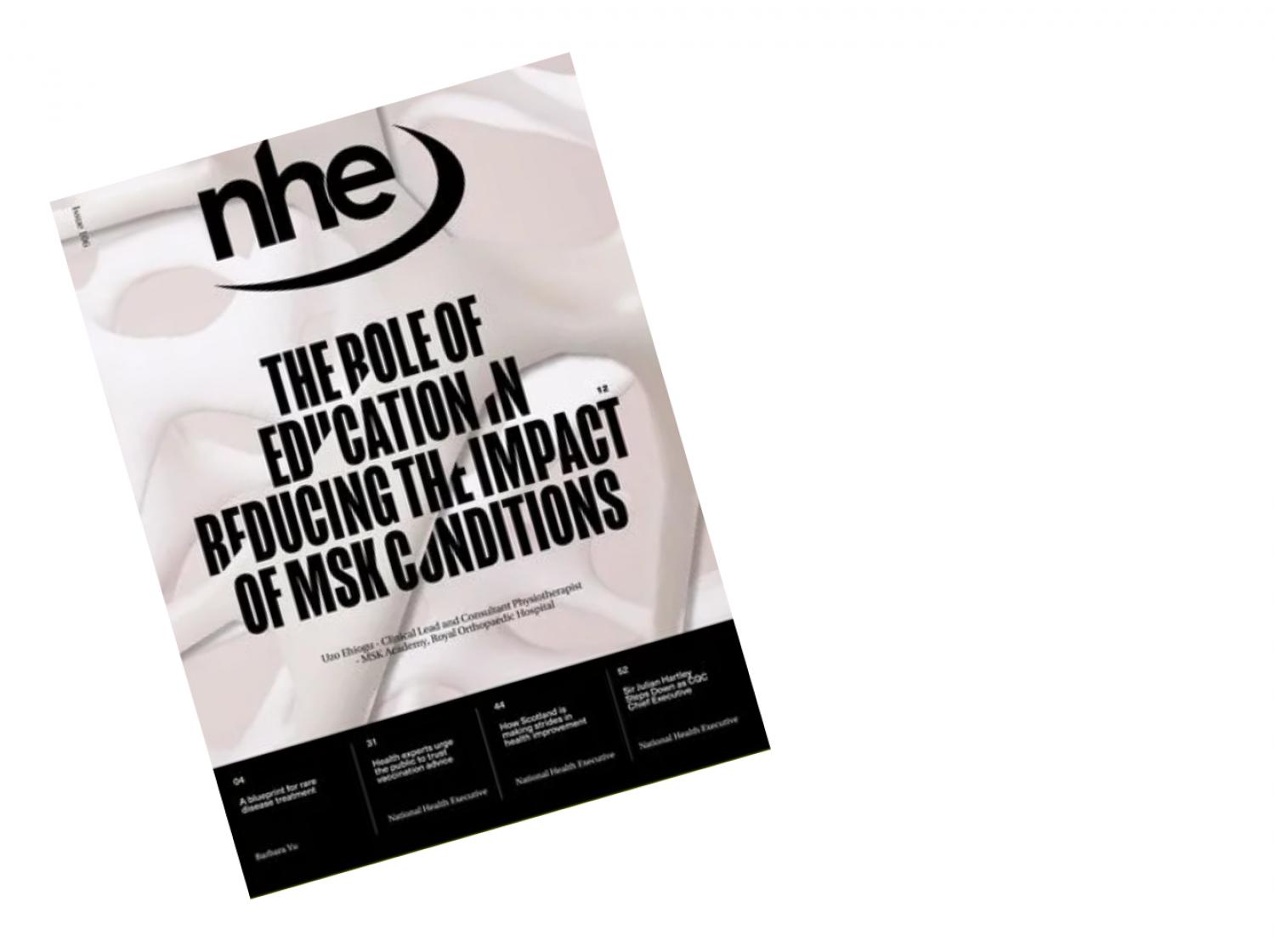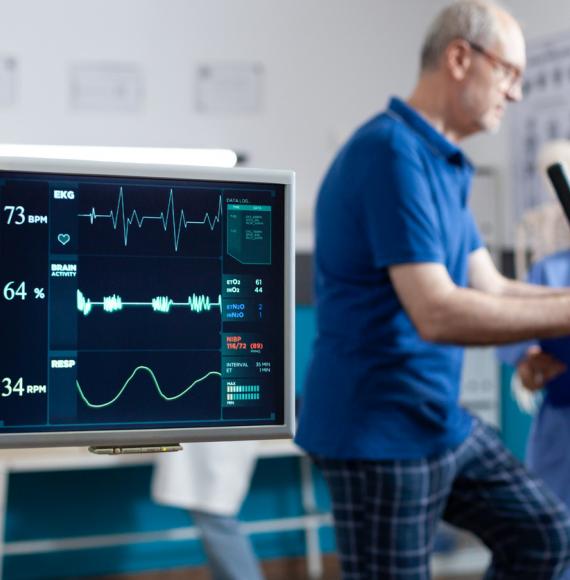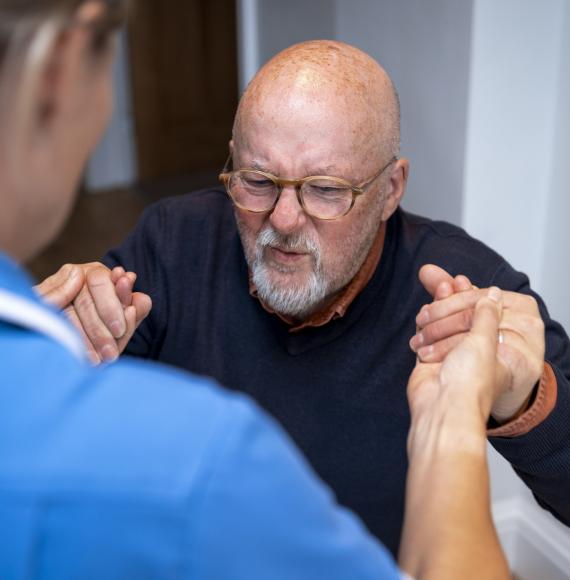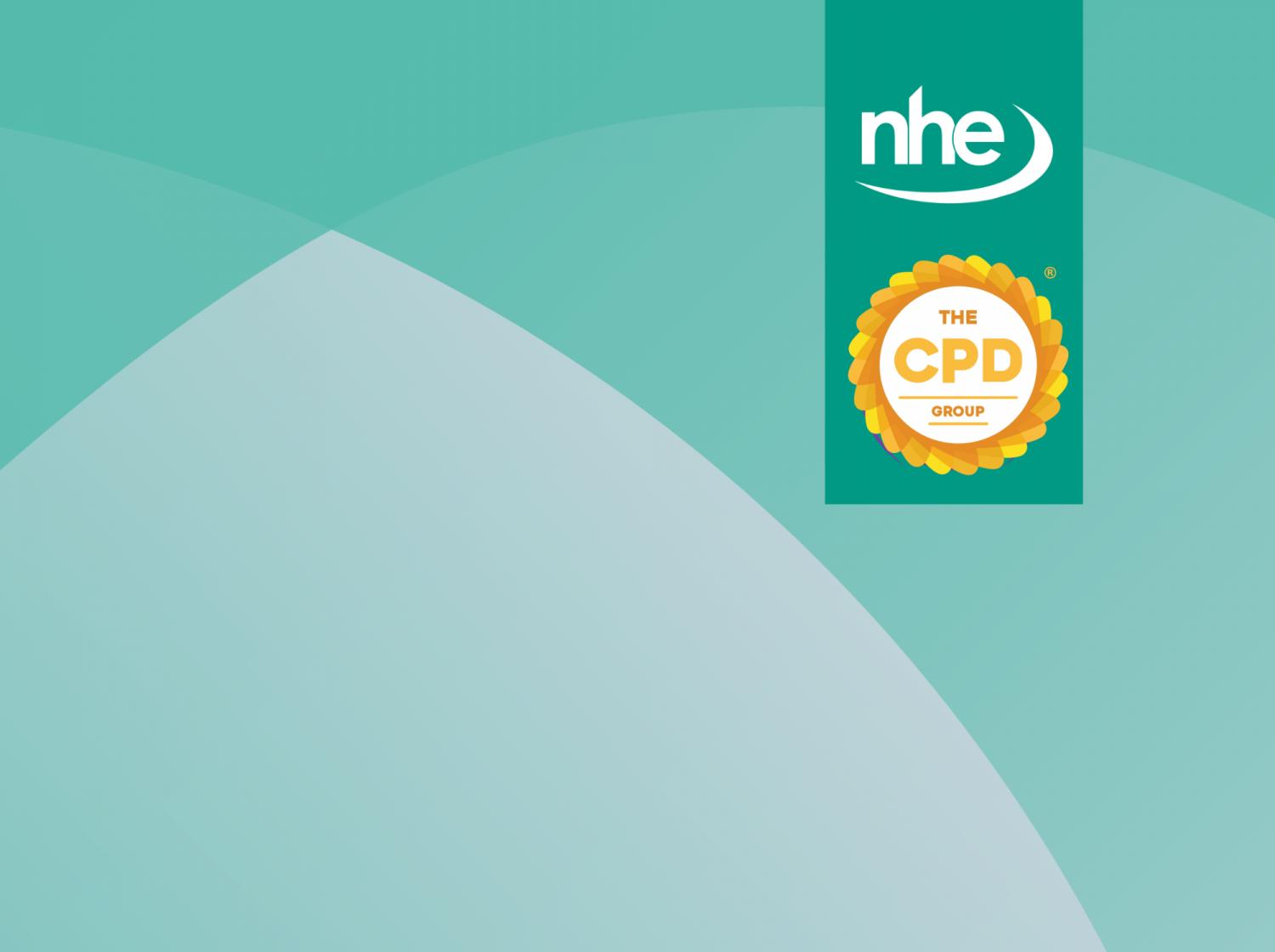The Medicines and Healthcare products Regulatory Agency (MHRA) has authorised a ground-breaking new treatment for sickle cell disease and transfusion-dependent beta thalassemia.
The treatment, known as exagamglogene autotemcel but otherwise marketed as Casgevy, is the first medicine to be licensed that is based around the landmark gene-editing tool CRISPR, which won its inventors – Emmanuelle Charpentier and Jennifer Doudna – the Nobel Prize for chemistry in 2020.
Clinical trial results show Casgevy is highly effective for treating both sickle cell and beta thalassemia.
Of the 29 patients who have been evaluated in the sickle cell disease study, all but one (97%) were free of severe pain crises for at least 12 months after treatment.
Both conditions derive from deficiencies in the genes for haemoglobin – for sickle cell, the genetic error leads to attacks of extreme pain, life-threatening infections and anaemia.
It is only the second time in the last 20 years that a new sickle cell treatment has been approved for NHS use.
Those with beta thalassemia experience severe anaemia and often need a blood transfusion every three-to-five weeks, as well as injections and medicines throughout their lives.
The clinical trial for transfusion-dependent beta thalassemia showed that, of the 42 people eligible for analysis, 39 (93%) did not need a blood transfusion for at least 12 months post-treatment. The other three reported more than a 70% reduction in the need for transfusions.
The treatment works by taking stem cells out of a patient’s bone marrow and editing the faulty gene so the body can produce working haemoglobin. The modified cells are then infused back into the patient, with the benefit sometimes being permanent.
The MHRA’s interim executive director of healthcare quality and access, Julian Beach, said: “The MHRA will continue to closely monitor the safety and effectiveness of Casgevy, through real-world safety data and post-authorisation safety studies being carried out by the manufacturer.”
No significant safety concerns were found during the clinical trials, although both are ongoing and further results will be available in due course.
Image credit: iStock



















